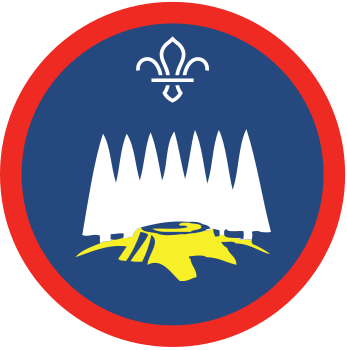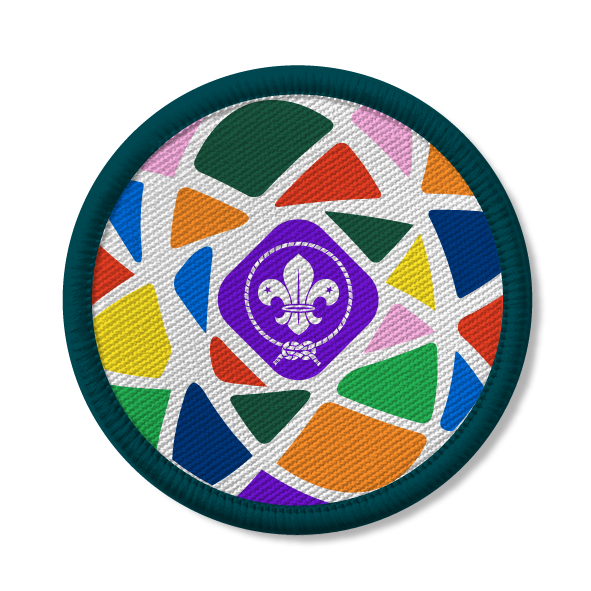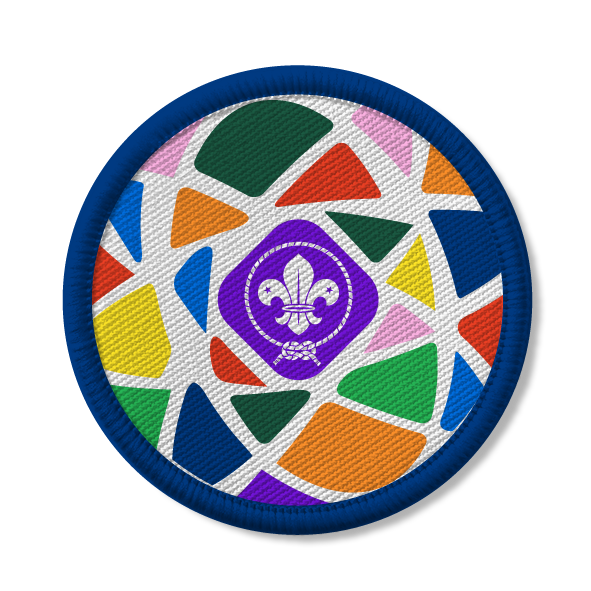
Learn to prune trees and bushes
You’ll need
- Plants to prune
- Gardening equipment, including pruning shears, secateurs, gardening gloves and a saw.
- String or ribbon, in 20cm lengths
- Eye and head protection
Before you begin
- Trimming or pruning big trees is a job best left to experts. A garden centre worker or local tree surgeon might be able to help you with this, if they’re able to come along and lend a hand.
- If pruning independently, make sure that you’re doing it at the right time of year for that particular species. A web search, tree app or gardening manual will probably be able to tell you this. Most deciduous trees (that drop their leaves in winter) are pruned in autumn and winter, while evergreen trees (which have leaves all year round) are pruned in mid-to-late summer.
- If pruning on someone else’s land, you’ll not only need to have the landowner’s permission, but you’ll also need to double-check that the tree doesn’t have a protection order on it and isn’t on land designated as a conservation area. Protected trees can only be worked on with permission from the local authority.
- Pruning requires some sharp tools. Make sure you have enough experienced leaders and helpers to supervise the group closely when using shears, secateurs and saws.
- Make sure everyone pruning wears hand and eye protection to protect from dust, pollen and sharp or whipping branches. If cutting high branches, wear head protection too. It’s best to wear sturdy shoes throughout as well.
Promote new growth
- Gather everyone around the tree that they’re going to be working on. Make sure there’s plenty of space for people to take a step back if they need to.
- Explain that everyone will be helping to prune a tree. Describe what this means and explain why it’s an important part of maintaining healthy trees.
- Point out that before pruning anything, it’s important to have an idea of what you’re trying to achieve by trimming branches.
- We’ll cover making a tree, bush or hedge slightly smaller, while keeping its original shape. To do this, it’s important that before cutting, we know where each cut will be made and what effect it’ll have on the overall appearance of the tree, bush or hedge. Here are some other things to consider when choosing what and where to cut:
-
- First, look out for any shoots or branches that look damaged, dead or diseased.
- Next, look for any branches that look particularly weak or that are rubbing against other branches, trees or structures.
- When picking exactly where to cut, try to cut just above a healthy bud, a pair of buds or a side shoot, around 0.5cm above the bud. Cutting too close can harm it and cutting too far away can encourage disease in the plant.
- If you can, try to leave buds that face outwards, as this will stop the branches growing in and colliding with one another.
- Everyone should take a length of string or ribbon. Each length should be about 20cm long, which should be long enough to tie around the maximum circumference branch you should be cutting without a professional to help. The person leading the activity should demonstrate tying the string or ribbon around a branch that they’ve chosen to cut. It should be tied at the point where the cut will be made.
- Everyone should take their string or ribbon and tie it where they think the cut should be made on the tree. Encourage everyone to think carefully about the information above before cutting anything, and to take a step back again to picture how the cut will affect the look of the tree. Anyone who thinks no cuts are needed should keep their string or ribbon.
- The person leading the activity should take a step back and examine what the shape would be if all of the cuts were to be made. Challenge the group to decide where any unsuitably placed string or ribbon could be moved to, if cutting at that point would do damage or fail to achieve the desired effect.
- When everyone’s happy with the position of each string or ribbon, they can begin pruning.
- Each person cutting needs to be carefully supervised. Depending on how much equipment you’ve got, people may have to take turns using the tools, even if they’ve used them before. If working on more than one tree, you’ll need leaders or helpers watching anyone pruning with pruning shears, secateurs or saws.
- Make sure anything cut down is cleared away, either into garden waste bags or into composters. It can also be collected to be shredded into mulch, or left in a pile (a ‘dead hedge’) to break down. Try to avoid burning anything that isn’t diseased.
- Continue until everyone is happy with the size and shape of the tree.
Get inspired to make a bigger difference
Now that you’ve successfully pruned a tree, discuss what else you do to help the environment around it over a longer period of time?
- What about using the pruned material to create mulch or a ‘dead’ hedge?
- You could also plant more flowers or plants around the tree and encourage more wildlife.
Reflection
Pruning trees can help to tame and shape them, but it can also encourage new growth, more flowers and more fruit. All of this also helps the wildlife that depend on the tree. Learning how we can care for and live alongside the outdoors will help us to enjoy it more, and give wildlife a welcome boost.
By taking it slow and planning ahead with the string or ribbon, we could be sure that the cuts we made would help the tree. How could we apply this thinking into other everyday tasks? Consider laying out ingredients for a meal before cooking, or sketching out a project to build in more detail. When planning, it’s important to think of the results of our actions at each stage and not be afraid to adjust or change the plan as we go.
Safety
All activities must be safely managed. You must complete a thorough risk assessment and take appropriate steps to reduce risk. Use the safety checklist to help you plan and risk assess your activity. Always get approval for the activity, and have suitable supervision and an InTouch process.
- Outdoor activities
You must have permission to use the location. Always check the weather forecast, and inform parents and carers of any change in venue.
- Animals and insects
Be aware of the risks before interacting with animals. Be aware of anyone with allergies, and make alternative arrangements for them.
- Heavy and awkward objects
Never lift or move heavy or awkward items alone. Ask for help or, if possible, break them down into smaller parts.
- Poles and long objects
Be careful when moving poles or long items. Take care if the ends are sharp. Have appropriate supervision for this activity.
- Gardening and nature
Everyone must wash their hands after the activity has finished. Wear gloves if needed. Explain how to safely use equipment and set clear boundaries so everyone knows what’s allowed.
- Sharp objects
Teach young people how to use sharp objects safely. Supervise them appropriately throughout. Store all sharp objects securely, out of the reach of young people.
- PPE
Before completing this activity make sure you have suitable personal protective equipment (PPE). This could include eye or ear protection, gloves, and anything else you need to protect yourself. You’ll know what you need as a result of completing the risk assessment for the activity.
Scale up or down and decide how much or little the group or groups should prune from their tree or trees. Changing the size of teams and equipment available could also make things easier or harder.
- Some of the tools used will be less easy for those with restricted motor skills. You could have those less able to use the tools choose the cuts to make, with a partner doing the lopping.
- Choosing the right tools or cuts for people to make will make pruning more accessible.
All Scout activities should be inclusive and accessible.
Those with experience of gardening and tree management had the opportunity to demonstrate to others how to use the tools and explain where best to cut next and why.



